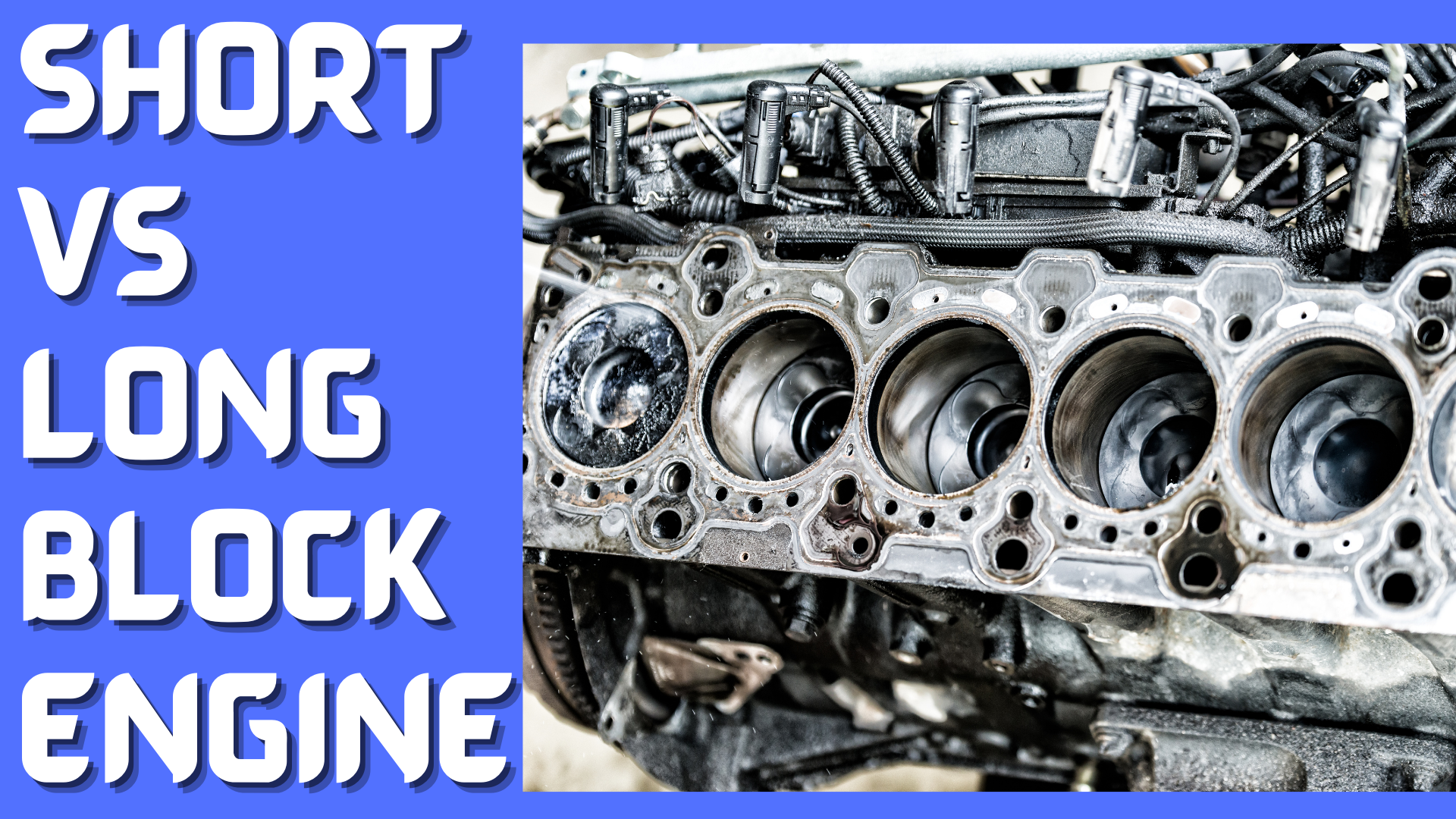Difference Between Long and Short Block Engine Trucks
Do you know the difference between long and short block engine? There is that truck you love very much, and it has been loyal to you for a long-time. But, age is making its engine less effective. You will have to replace the engine to bring it to life. When you shop for a new engine for the first time, you will hear some terms that might confuse you. After walking to the nearest dealer and explaining the model and make of your truck, they will ask you if you need a long block or short block engine. Hearing these terms will escalate your confusion.
Difference Between Long and Short Block Engine
Below, we will outline everything that you need on the difference between long and short block engine among other things surrounding the use of these types of engines.
A Short Block Engine
A short block engine comprises a block, crankshaft, rods, and pistons. All these parts are balanced, machined, and assembled with the gapped rings ready to rock. Sometimes, the short block can have a camshaft and timing gear, but this depends on the manufacturer.
A Long Block Engine
The long engine block varies depending on where you source it. Such an engine block has fundamental parts like crankshaft, rods, pistons, heads, and usually the camshaft and valvetrain. Sometimes the long block engine has a timing cover, valve covers, balancer, and oil pans. If you understand engines, a long block can be your best option. With this engine, all the hard work is done for you. You will only have to choose the right accessories to install the engine in your truck.
Differences Between Long Block and Short Block Engine
Both short and long blocks are perfect engines for your truck. The most significant difference is the number of parts that you get when you buy either of them. The long block will the cylinder and a good number of the internal components. On the other hand, the short block has only the lower part and the motor. Here are some of the differences between the two.
Number of Parts
The critical difference between the long and short block engines is the manufacturers’ number of parts. The short block has only the block, pistons, rods and crank. You might find some details like the timing chain, covers and camshaft.
The long block has the essential parts but added parts like the valvetrain and heads.
Cost
The short block is relatively cheap and ranges depending on your truck’s model. You will have to purchase other parts as soon as you buy them, which will still make you spend the cash you were saving.
Installation Time
The long block comes with all you need and is ready to work. Sometimes you will have to add a few parts, which will not be challenging. Its design makes it easy to install and does not consume much time.
Customizing the short-block engine takes a lot of time, making it cumbersome to install.
Conclusion
The difference between long and short block engine is that they vary in the features that each comes with as well as the cost. But all of them, if well installed, will give you commendable service. Shared above are some of the crucial things to note about them.



